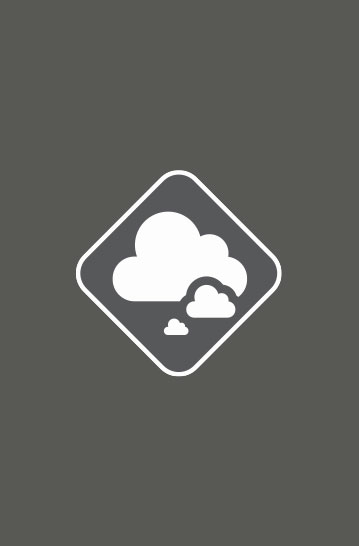Smoke from bushfires or planned burns can affect people’s health. People with heart or lung conditions (including asthma), children, pregnant women and older people are more sensitive to the effects of breathing in smoke.
For information on air quality in your area visit AirWatch. AirWatch is a map showing air quality information measured by the Environmental Protection Authority (EPA) monitoring stations around Victoria.
For information on planned burns occurring in the next 10 days in State parks and forests click here. Note: information on council or private planned burns may not be available.
You can subscribe to the Planned Burning Notification System here.
Things you can do to reduce the effects of smoke:
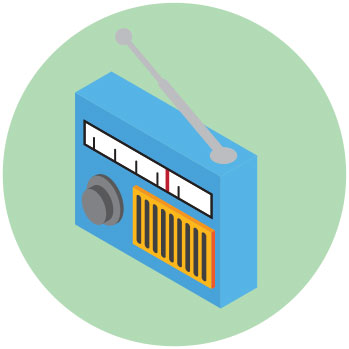
Monitor conditions
Smoke may be a sign of fire nearby so check for warnings and monitor conditions. See how to stay informed below.
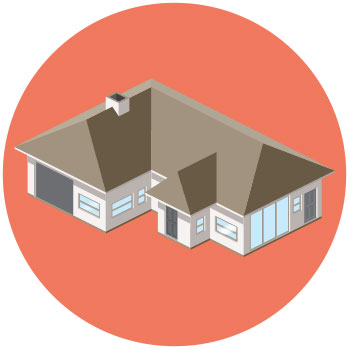
Stay inside
If you are not under threat from a fire avoid breathing the smoke by staying inside. If there is a break in smoky conditions, take the opportunity to air out your home.
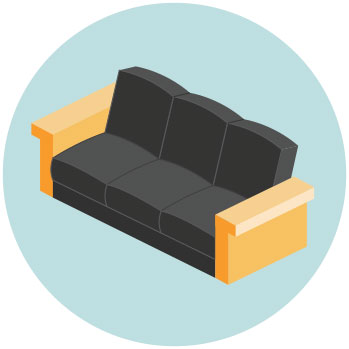
Avoid physical activity
Avoid physical activity outside – especially people with heart or lung conditions (including asthma), children, pregnant women and those over 65.

Check in on others
Look out for those more at risk and check in on elderly neighbours.
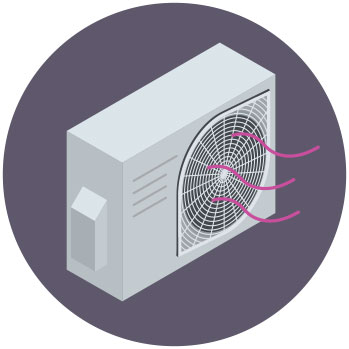
Take a break
If using an air-conditioner at home switch it to ‘recycle’ or ‘recirculate’ to reduce smoke coming inside your home or turn it off. Alternatively, take an air-conditioned break at a local library or shopping centre if safe to do so.
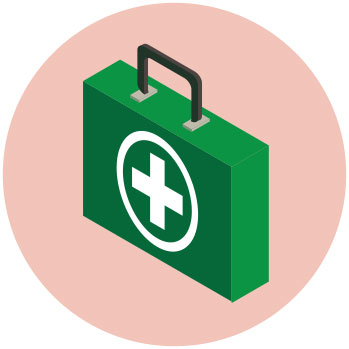
Follow medical advice
Follow your treatment plan advised by your doctor if you have a heart or lung condition (including asthma).
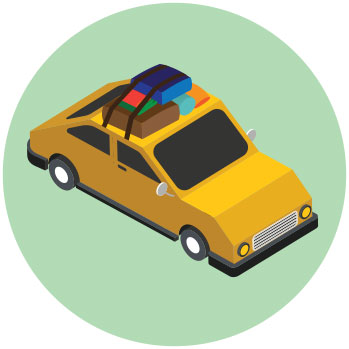
Consider relocating
During extended, very smoky conditions, people who are sensitive to smoke should consider temporarily staying with family or friends who are away from the smoke affected area.
For more information about bushfire smoke and how to protect yourself, visit: epa.vic.gov.au/your-environment/air/smoke

Call 000 if anyone is having difficulty breathing, wheezing or experiencing tightness in the chest.

Call the NURSE ON CALL on 1300 606 024 if you need medical advice for exposure to smoke.
Hazardous atmosphere
A hazardous atmosphere can occur when chemicals or smoke are released into the air from a chemical fire or spill. This emergency may cause serious health impacts through breathing in the chemical or smoke or it coming into contact with your skin.
How and where can a hazardous atmosphere occur?
A hazardous atmosphere may occur in residential areas close to industry as the result of a fire, explosion or a chemical spill, or from a road or train transport accident.
You might not be able to see or smell anything because many gases are colourless and odourless.
The chemical or smoke, can be carried by the wind and impact more properties than just those close to where the emergency started.
How will I know if I will be in an affected area?
The first indication may be from a strong chemical odour, or you may see a dense smoke cloud in your area.
Large industry may activate warning sirens. Residences close to some large industries will have previously received information on what these sirens are and sound like.
Otherwise information will be provided through official emergency information sources such as emergency.vic.gov.au. See how to stay informed below.
What to do in a chemical emergency?
- Listen to the information provided in emergency warnings. Emergency officials may tell you to shelter-in- place during a chemical release instead of evacuating.
- Shelter-in-place means to go inside immediately. This can be the best way to protect yourself and others from harmful chemicals or smoke in the air.
- Sheltering indoors works because the outdoor air does not mix quickly with the indoor air when the building is closed. The fresh air inside a building can provide protection for several hours.
- All buildings have small gaps and cracks, and some have air vents and chimneys. Some of the harmful chemicals in the outside air will gradually come through these openings into the building. Eventually, sometime after the chemical has been carried by the wind past your building, the outside air will be cleaner than the air inside your building.
- Wait until the emergency services issue instructions to ventilate the building and go outside or leave the area. It is important to promptly leave the building when advised to do so, to avoid continued exposure from the chemicals. The chemical vapours that might have come inside the building will eventually go away.
How to shelter-in-place
- Shelter-in-place means to go inside your home or the nearest accessible building without delay. Bring pets indoors if you can find them quickly.
- Close all windows and doors to increase the seal from outside air.
- Turn off all heating or air-conditioning units and fans (any ventilation system).
- Shut or cover air vents (including fireplace or wood-stove dampers).
- Quickly shut yourself in a room with as few exterior windows or other openings as possible and close blinds or curtains. Gaps from windows that do not seal, or spaces under doors can be sealed with towels, blankets, duct tape or plastic.
- Keep a radio on to monitor conditions. ABC 774AM is the local emergency broadcaster.
- Call the VicEmergency Hotline on 1800 226 226 for additional information.
- Only call Triple Zero (000) in a life threatening situation.
What if my children are at school?
- Do not collect your children at school. The schools will protect your children by evacuating or sheltering them in place.
- Talk to your child’s school about their messaging system and make sure you register to receive any notifications.
What to do if external windows can’t be closed?
- Go to an internal room and seal the room as well as possible, or shelter inside a room on the opposite side of the house to the wind direction.
- Use towels, blankets or duct tape to block any gaps under doors or around windows and wall vents.
For more information about sheltering-in-place, visit: Back Up Plans CFA (Country Fire Authority)
